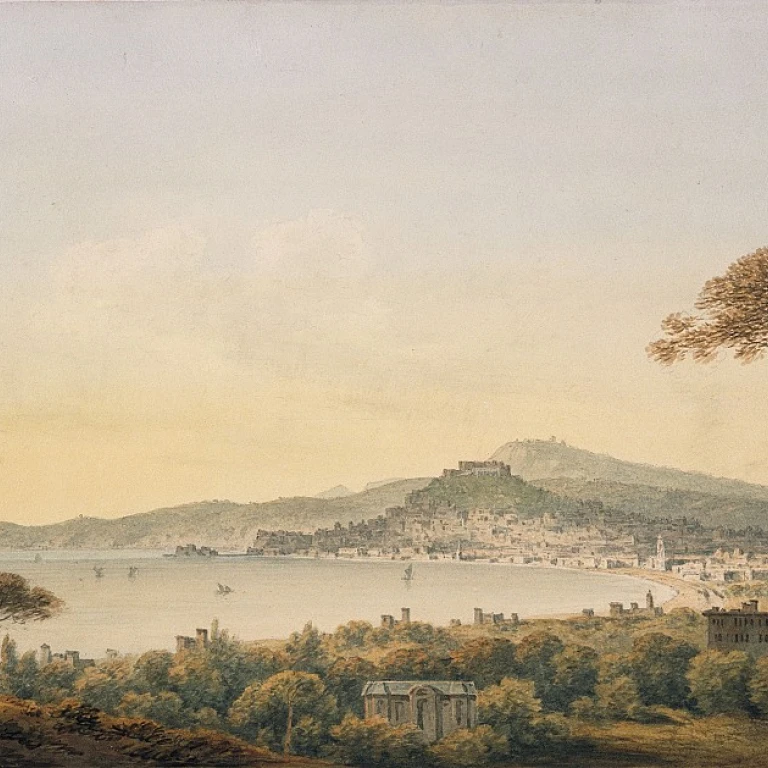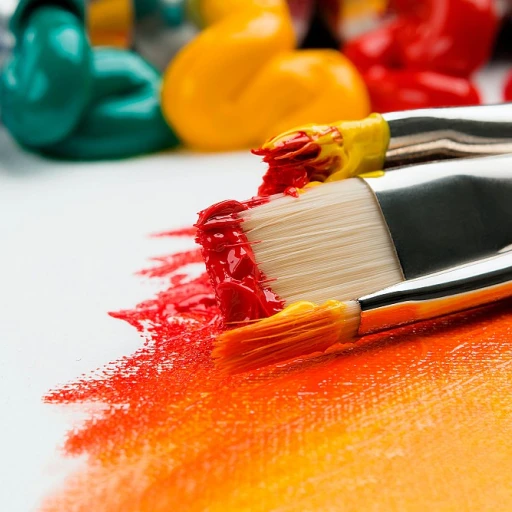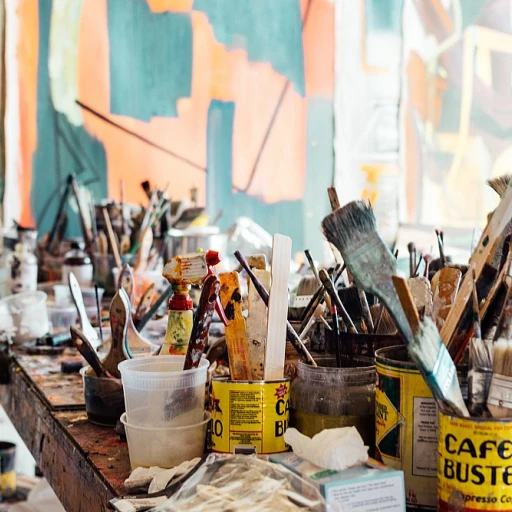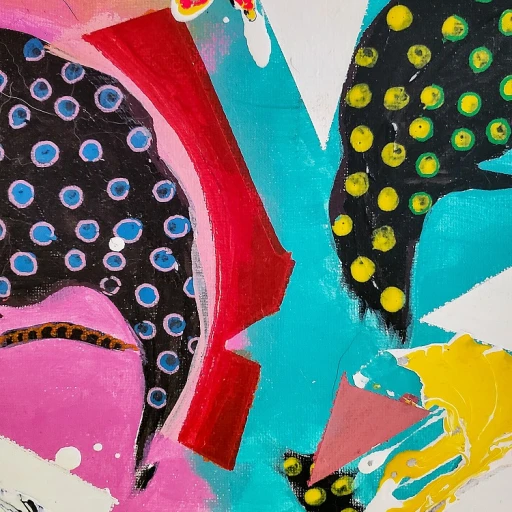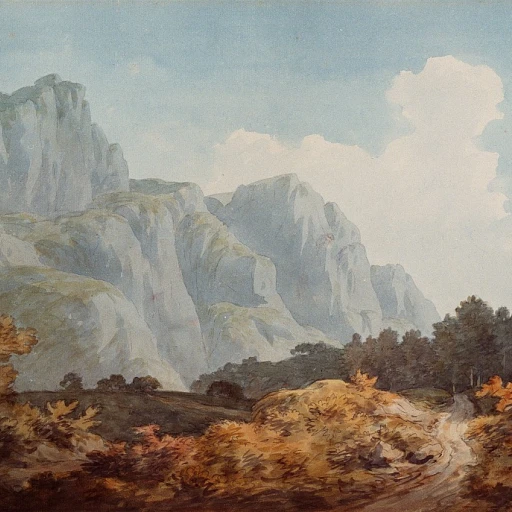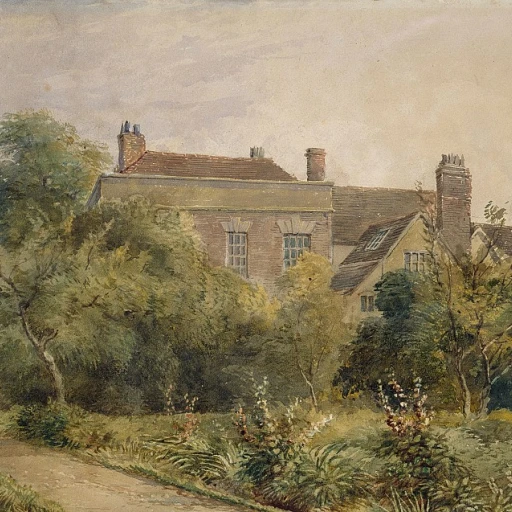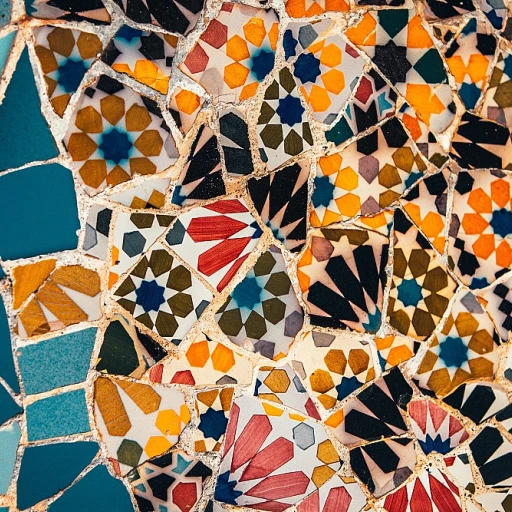-teaser.webp)
Understanding the Nature of Oil Paints
The Intricate Dance of Oil and Pigment
Oil paints have been a staple in the art world for centuries, celebrated for their rich texture and vibrant colors. Understanding the nature of oil paints is crucial for any artist aiming to preserve their work for future generations. At the heart of oil painting lies the delicate balance between oil and pigment. This combination allows for a unique depth and luminosity that other mediums often struggle to achieve.
Oil paints are composed of pigments suspended in drying oils, such as linseed oil. This composition gives them a slow drying time, which can be both a blessing and a challenge. The slow drying process allows artists to blend colors seamlessly on the canvas, creating intricate layers and textures. However, it also means that the paints are susceptible to environmental factors like air and humidity, which can affect their longevity.
Factors Influencing Paint Longevity
Several factors can influence the longevity of your oil paints. Exposure to air and light can cause the paints to dry prematurely, leading to cracking and fading over time. To mitigate this, it's essential to store your paints properly, as discussed in later sections. Using airtight containers and keeping your paints away from direct sunlight can significantly extend their shelf life.
Additionally, the quality of the paint itself plays a crucial role. Investing in high-quality oil paints will ensure that your artwork retains its vibrancy and integrity for years to come. It's also worth noting that the choice of palette and varnish can impact the final appearance and durability of your painting.
For those interested in exploring the historical context and timeless elegance of oil painting, you might find this article insightful.
Essential Tools for Paint Preservation
Must-Have Art Supplies for Paint Longevity
Maintaining the longevity of your oil paints is an art in itself, and it starts with having the right tools at your disposal. This ensures the paints you purchase today will remain vibrant and workable for your future creations.
Firstly, investing in high-quality paint tubes is crucial. Look for brands that use robust materials for their tubes, preventing punctures and restricting the infiltration of air.
You also need a stable storage container for your paints. Consider airtight plastic wrap or vacuum-sealed containers to minimize exposure to air, which can begin the paint drying process prematurely. This is particularly important for those engaging in plein air painting sessions or maintaining a mobile studio.
For dealing with leftover oil paints, a practical approach involves the use of a reusable paint palette with a lid. This can help preserve your paints between sessions, preventing waste and extending the utility of your art supplies. Additionally, dropping a bit of clove oil to your palette can retard the drying process, keeping paints wet for extended periods.
Lastly, don't forget an effective varnish. Fine varnishes will form a protective layer over your completed artwork, providing additional longevity to the surface and ensuring the paint maintains its integrity over time.
By integrating these essential tools into your art practice, you not only enhance your painting's lifespan but also your creative journey, allowing each tube of paint to fulfill its maximum potential.
Techniques for Storing Oil Paints
Optimizing Your Storage Environment
Storing oil paints properly is crucial in maintaining their quality for future use. To ensure you protect your art supplies, you'll want to create the ideal storage conditions.- Keep the Air Fresh: Oil paints, including drying oils like linseed oil, can be sensitive to air. To minimize their exposure, store your paints in air-tight containers. This prevents the oxidation process from accelerating, which can lead to unwanted drying.
- Avoid Moisture: Water and humidity can affect oil paint consistency. Maintain a consistent dry environment, away from areas with fluctuating humidity levels to keep your paints, such as those in paint tubes, in pristine condition.
- Temperature Matters: A stable temperature is key. Store your paints in a cool, temperate space, similar to the storage techniques practiced in renowned art academies.
Practical Storage Options
- Plastic Wrap: For short-term storage of a working palette, consider using plastic wrap. This method is a quick fix to prevent paint drying overnight.
- Utilize Mineral Spirits: For maintaining the vibrancy and consistency of paint, mineral spirits act as both mediums and cleaning agents for leftover oil after your painting sessions.
- Seal and Secure: After squeezing paint from a tube, seal it thoroughly to avoid exposure to air over long periods.
Special Storage Techniques
- Plein Air Considerations: If you enjoy plein air painting, investing in a portable, air-tight container is advisable for transporting your paints without risk of damage.
- Using Clove Oil: To extend the life of paints on your palette, a couple of drops of clove oil can slow down the drying process. This prevents unnecessary waste and helps you utilize the maximum potential of your art materials.
Preventing Paint Waste
Strategies to Minimize Paint Waste
Proper management and preservation of oil paints not only ensure their longevity but also help in minimizing waste. As an artist, there are practical steps you can take to maximize the use of every drop of paint, preserving both your investment and the environment. First and foremost, carefully consider the amount of paint you squeeze from the tube onto your palette. This foresight ensures that you are using just enough for your current painting session, thus avoiding excessive waste. An understanding of your typical paint consumption can save excess paint from drying out prematurely. Should there be any leftover oil paints, consider storing them effectively. Using airtight containers can help keep your paints fresh for another day. You can also wrap your paint palette with plastic wrap, which helps in sealing the air out, hence decelerating the drying process. This simple technique is especially effective for short-term storage. Additionally, incorporating additives such as clove oil can prolong the drying time of your paints, giving you more room to work with them on successive days. This is a technique that many traditional artists employ to keep their paints viable over extended periods. Ensuring the correct disposal of paint and supplies is also crucial. Cleaning your brushes and palettes with mineral spirits, and disposing of cleaning residue properly, supports both environmental preservation and safety within your workspace. Responsible disposal of water and solvents used in cleaning can mitigate potential environmental hazards, aligning with sustainable practices in art creation. Ultimately, taking steps to manage your oil paint consumption and storage not only maintains the quality of your art supplies over time but also reflects the responsibility of the modern artist in a world increasingly aware of environmental impacts.Reviving Stored Oil Paints
Breathe New Life into Your Oil Paints
Reviving stored oil paints requires a combination of technique and patience, especially to retain their luxurious quality. Over time, the paint might become stiff or dry due to air exposure, even in the most meticulously maintained collections. With careful attention, your paints can be rejuvenated, ensuring they remain as vivid and workable as intended when first opened. One of the most effective ways to reinvigorate your oil paints is by using a few drops of mineral spirits or linseed oil. These not only help in bringing back the desired consistency but also ensure that the integrity of the paint is maintained. Whether you're aiming to prepare your palette for an invigorating plein air session or an intricate studio project, having the right tools at hand is essential. Another common remedy involves incorporating clove oil. Known for its ability to delay the drying process, clove oil can be a lifesaver for paints that have become too dry. Add a small amount to your palette, mix well, and observe how the paint regains its malleability. This technique, often used in art academies, can make a significant difference in both short-term and long-term preservation. For paints stored in tubes, gently kneading them can redistribute oil that might have separated. This process, combined with proper storage (always ensure your tubes are tightly sealed), will keep your supplies optimal for future creations. If you've used a varnish in the past or have leftover oil from a drying oil, these can also be mixed back into the paint to restore its original glory. In cases where a thick layer of skin has formed over the top of oil paint within a container, carefully remove it with a palette knife. Though not ideal, this outer shell protects the paint underneath from further drying, making it possible to salvage and use the remaining paint beneath. By employing these techniques, your collection of oil paints can stand the test of time, allowing you to produce stunning art pieces that resonate with the same vibrancy as years ago. With the right care and attention, your paints will continue to serve as the foundation for breathtaking works of art.Common Mistakes and How to Avoid Them
Missteps to Steer Clear From in Oil Paint Preservation
When it comes to preserving your oil paints for future masterpieces, there are common pitfalls that artists can easily avoid with the right knowledge and tools. Understanding these mistakes is critical, especially considering the substantial investment of both time and money in quality oil paintings.
First, storing your paint tubes in an environment that's too dry or too humid can have adverse effects on their longevity. Ideal storage conditions involve a consistent room temperature and minimal exposure to air to prevent paint drying prematurely. Utilize airtight containers for your oil paints to ensure they remain well-preserved. Airtight containers help keep the drying oils stable, thus extending the life of your paint.
Another overlooked factor is improper use of paint palettes. Always clean your paint palette after every painting session to avoid mixing dried paint remnants with fresh paint. This not only preserves the quality of your oil but also ensures vibrant hues in your artwork.
Moreover, neglecting to cover opened tubes of paint with plastic wrap can lead to oxidation, reducing the lifespan of your paints. Consider adding a touch of clove oil to slow down the drying process, especially when you're working with leftover oil for your next painting session.
Avoid the mistake of discarding leftover oil to minimize paint waste. Instead, transfer leftover paint to a small airtight container for short-term storage. This ensures you have fresh paint ready at a later stage, eliminating unnecessary costs and promoting sustainability.
Lastly, many artists underestimate the importance of regular stock checks of their art supplies. Over time, some oil paints may harden even within sealed tubes, just on the off chance they were improperly sealed or stored. Always ascertain your supplies are current and serviceable, allowing you to focus entirely on your muse as you create your next masterpiece. By taking these steps, you are ensuring that your cherished colors remain as potent and viable as they were years ago.

